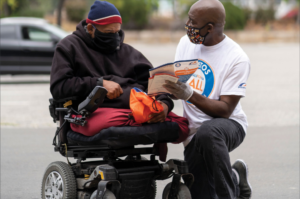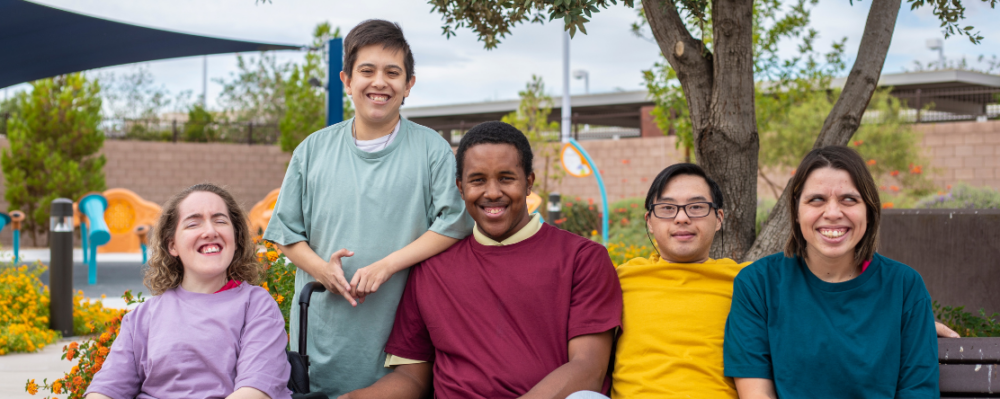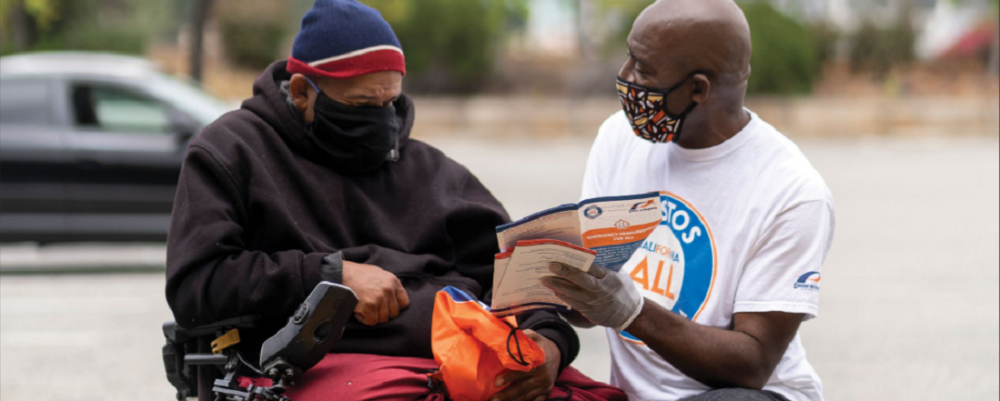
Listos California Impact Report: A People-Centered Movement to Build Disaster Resilience
-
Focus Areas
Disability Rights, Environmental Health, Healthy Communities -
Issues
Climate Change, Wildfires & Extreme Heat -
Expertise
Health Education & Promotion -
Programs
Center on Disability at the Public Health Institute -
Strategic Initiatives
COVID-19, Vaccine Access & Equity
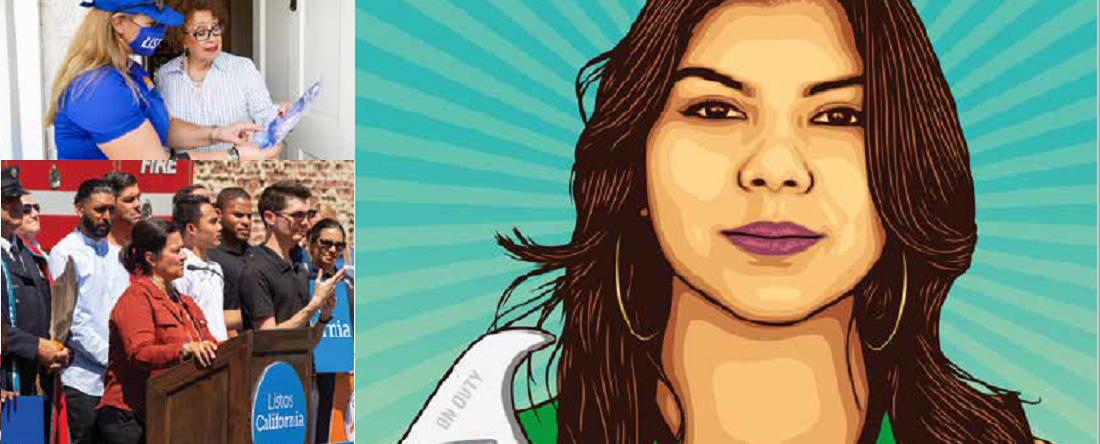
Disasters act as vulnerability multipliers: Marginalized communities that are historically underserved and experience discrimination often do not have access to critical resources and are left out of preparedness planning. Regardless of age, income, ability or language, all Californians need access to disaster preparedness services and emergency support.
PHI’s Center on Disability’s work in three California communities is featured in Listos California Impact Report: A People-Centered Movement to Build Disaster Resilience, which highlights successful strategies to support the state’s diverse and most vulnerable populations to prepare for disasters like wildfires, earthquakes and floods, and for public health emergencies like the COVID-19 pandemic.
Download the full impact report
Including People with Disabilities in Emergency Planning & Response
As part of Listos California, the Center on Disability at the Public Health Institute worked with people with disabilities, seniors and older adults and people in poverty to develop inclusive emergency preparedness materials in Alameda, Nevada and El Dorado counties.
The Center partnered with 30 sub-grantees to build relationships and provide funding to those who closest to key vulnerable populations: local community-based organizations and volunteer service organizations, including food banks, arts organizations, and resource centers—leveraging existing infrastructure, knowledge, leadership and networks to boost resiliency, provide new accessible in-language information and advance a new culture of disaster preparedness.
As a result, the Center connected more than 300,000 people to emergency planning information—reaching more than 266,000 residents in Alameda County, 44,000 in El Dorado County and 29,000 in Nevada County. The Center also created materials such as 4 Steps to Emergency Preparedness for All, a written and online inclusive planning tool to help individuals prepare for emergencies. With the onset of the coronavirus pandemic, the Center also connected an additional 134,000 Californians to essential COVID-19 information and resources. Read the full impact story.
Accessibility is Key
The team at Listos California knew that to reach everyone, the information had to be accessible and understandable. This was especially true for people with disabilities, who are historically underserved when it comes to emergency preparedness. “We know they are the people most likely to die in these mass emergencies or disasters,” said Lewis Kraus, director of the Center on Disability at the Public Health Institute, which received Listos California grant funding for efforts in Alameda, El Dorado and Nevada counties. “The reason is that they either never got an emergency preparedness message, or the message provided was not taking into account their needs.”
People who are deaf or hard of hearing, for example, use closed captioning or sign language interpreting to understand video messages. Those with reading challenges are often helped when content is written in a code readable with assistive technology. And, Kraus said, people with disabilities need personalized plans.
When the pandemic hit, Listos California developed a set of preparedness materials designed to guide people with disabilities, as well as their caregivers. Among the materials: A “health profile” for both individuals and their caregivers to capture necessary lifegiving details, including emergency contacts and individual means of expression.
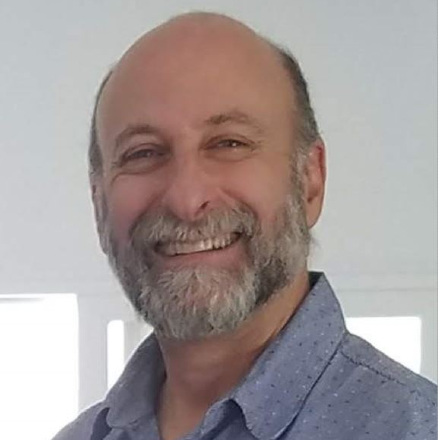
The only way it would work was for us to put community-based organizations in the driver’s seat.Lewis Kraus
Co-Director, Center on Disability at the Public Health Institute
Center co-director Lewis Kraus also became a trusted advisor to the Listos California campaign. He informed them, for example, that the Listos California logo did not comply with Americans with Disabilities Act requirements because the colors did not contrast enough to easily discern the letters, and that people with hearing impairments would not be able to understand speakers at press conferences without the help of a sign language interpreter. He advocated that one-size-fits-all planning does not work for individuals with different strengths and circumstances. They need customized, personal strategies and systems.
Originally published by Listos California
Work With Us
You change the world. We do the rest. Explore fiscal sponsorship at PHI.
Support Us
Together, we can accelerate our response to public health’s most critical issues.
Find Employment
Begin your career at the Public Health Institute.
